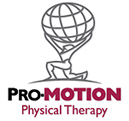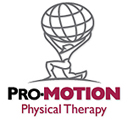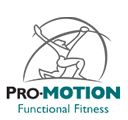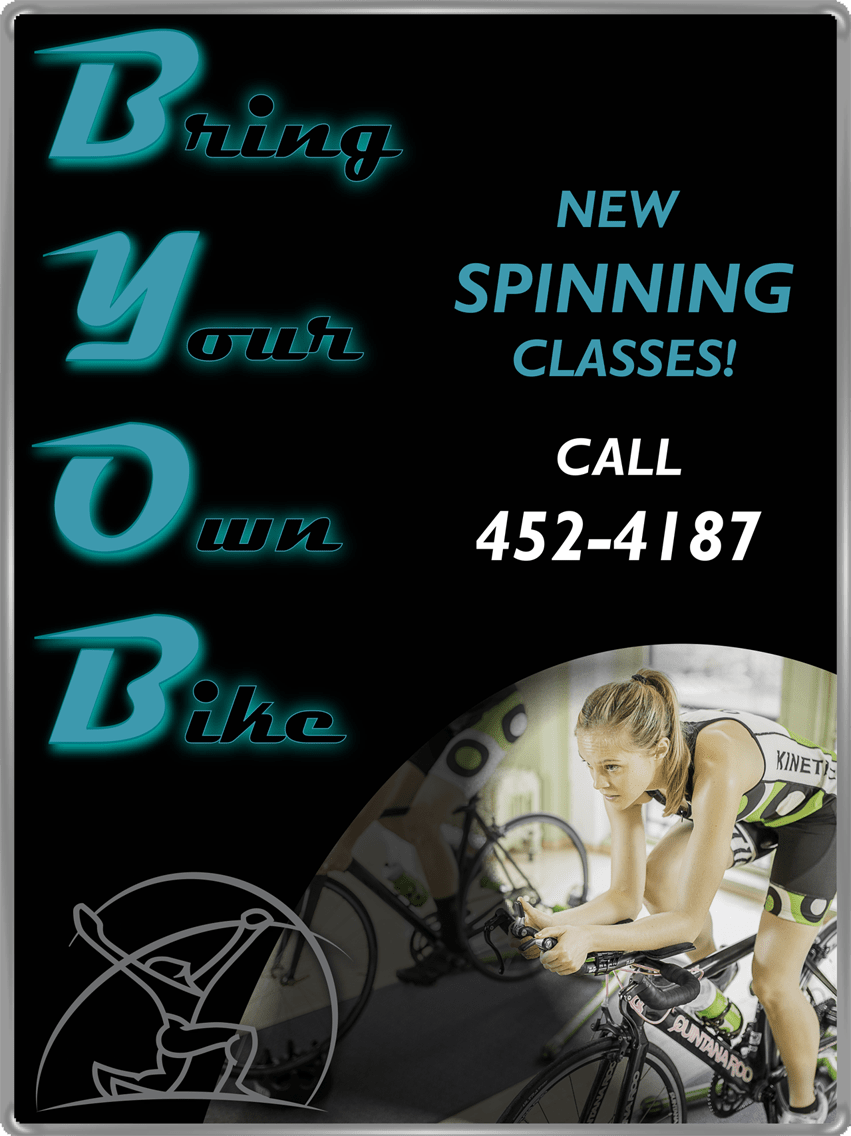PAIN MANAGEMENT

Does It Hurt?
How are you feeling? Does each day provide a certain level of pain? Does it hurt to sit at the office? Are you having trouble walking, even from one side of your home to the other? Has it gotten to the point where you don’t want to see anyone out of embarrassment?
We Can Help
Chronic, persistent, and recurrent pain related to posture or movement drains energy and joy from living. If pain has left your frustrated, disappointed or even hopeless, don’t give up; give us a call. The combination of appropriate exercise, manual therapy, and modalities can help you become a more active YOU with less pain and more pleasure.
Chronic Pain
Chronic pain is the most common of all chronic conditions, outstripping diabetes, heart disease and cancer. Pain protects us. It is a response to what the brain judges to be a threat. The brain decides whether something hurts or not. Pain is a protective coping strategy to help us change our behavior. The way we change our behavior can be helpful. Pulling a hand away from a hot stove is an example of a positive response to a pain signal. Our behavior can also be a hindrance. Long term limitation of movement and function because of a fear of pain can change your life. Pain is an output of the brain, not an input. We have receptors embedded in the different tissues of our bodies. There are literally millions of sensors that constantly survey the body and feed the brain information regarding mechanical stress, temperature changes and chemical changes both inside the body and external to it. These sensors give the brain information, but it sends only impulses that say stretched, pinched, compressed, hot, cold burning. Reception is what the sensors do, but perception (what does the message mean) is what the brain does. If you pinch yourself hard enough, it hurts. We tend to think the nerves carry the sensation we feel. If pain were an input, then we could turn it off by controlling the input…stop pinching and the pain subsides. This works for some type of painful inputs but not others. It surely doesn’t work for those suffering with chronic pain. Sometimes the an area is healed, but the brain still perceives it as being painful. The body had multiple receptor systems and the brain receives the information in different regions. These regions respond to sensations and movement and create emotions and memories. In chronic pain, the signals from the pain receptors borrows these areas. The brain uses the information to create a meaning. The output it creates is a pain experience, a motor or muscular experience and a stress experience. It is the over activity of these responses that can create chronic pain. The amount of pain you experience does not necessarily relate to the amount of tissue damage. Whereas a paper cut my create havoc in your day, certain forms of cancer are not painful yet can kill you. In low back pain, research has shown that the amount of disc and nerve damage rarely relates to the amount of pain experienced. Many people have disc bulges, compressed nerves, and arthritic changes and never have symptoms. Many changes in tissues are just a normal part of being alive and don’t have to be painful or prevent us from a normal life. If there is a disc bulge, but no pain, it means that the changes in the tissues are not perceived by the brain to be a threat. 100% of the time, it is the brain which decides whether or not something HURTS! The pain experience relies on context. The physical nature of the pain and it’s emotional effect go hand in hand. Your pain response is dependent upon…
- The perceived cause
- Who else is around
- The environment you are surrounded by
- Past experiences
- Culture
The truth is, that pain is in our heads. “No brain, no pain.” It’s not that your are crazy, it is that the body reacts in crazy ways when bombarded by input from pain sensitive receptors. Since the brain and nervous system is so changeable, both the spinal cord and brain can change the way they function as a result of excessive stimulation from the receptor system. Our approach is aimed at improving your coping strategies thus reducing the threat value of your pain. Strategies Include:
- Learning about the nature of chronic pain
- Exploring ways to move
- Exploring and nudging the edges of pain
- Staying positive
We also will involve you in the process by provoking you to…
- Decide what you want to or need to do more of
- Find a baseline
- Plan a progression
- Create a new lifestyle
Our Approach includes:
- Introducing normal movement patterns or altered patterns that do not create or reproduce your pain.
- Movements that are feared, avoided or context dependent will have to be presented to the brain in different ways.
- Creative inputs and activities to not only add to your movement repertoire.
- Facilitate the best possible interactions so that our approach, be it exercise, education, mobilization or all three, has the best chance of working.
- Our goal at Pro-Motion is to give you the freedom to choose. With new knowledge and understanding about how you brain works, you may gain access to strategies to that will allow you to avoid defaulting to a chronic pain response.
Staff [learn more]

Physical Therapist
Physical Therapist
Physical Therapist

PT Assistant
FACEBOOK[like us]
[custom-facebook-feed]Who We Are [learn more]
Based in Yakima, Pro-Motion Physical Therapy and Functional Fitness helps patients and fitness center members seize the connection between mind, body and spirit in order to achieve better. © 2024 Pro-Motion Physical Therapy. All Rights Reserved
Powered by Performance Builders

Live Telehealth Services
For Back, Joint and Muscle Pain
- Musculoskeletal Primary care
- Physical Therapy
- Screening
- Second Opinions
- Advice and Consultation
for Appointment, or click here to learn more.
PATIENT INTAKE FORM
For your convenience you may print out the forms and bring them with you to your appointment or you may fill them out on line. If you choose to fill them out on line please remember to click submit and the forms will be sent directly to our clinic. Thank you.
ONLINE FORM PRINT FORM





